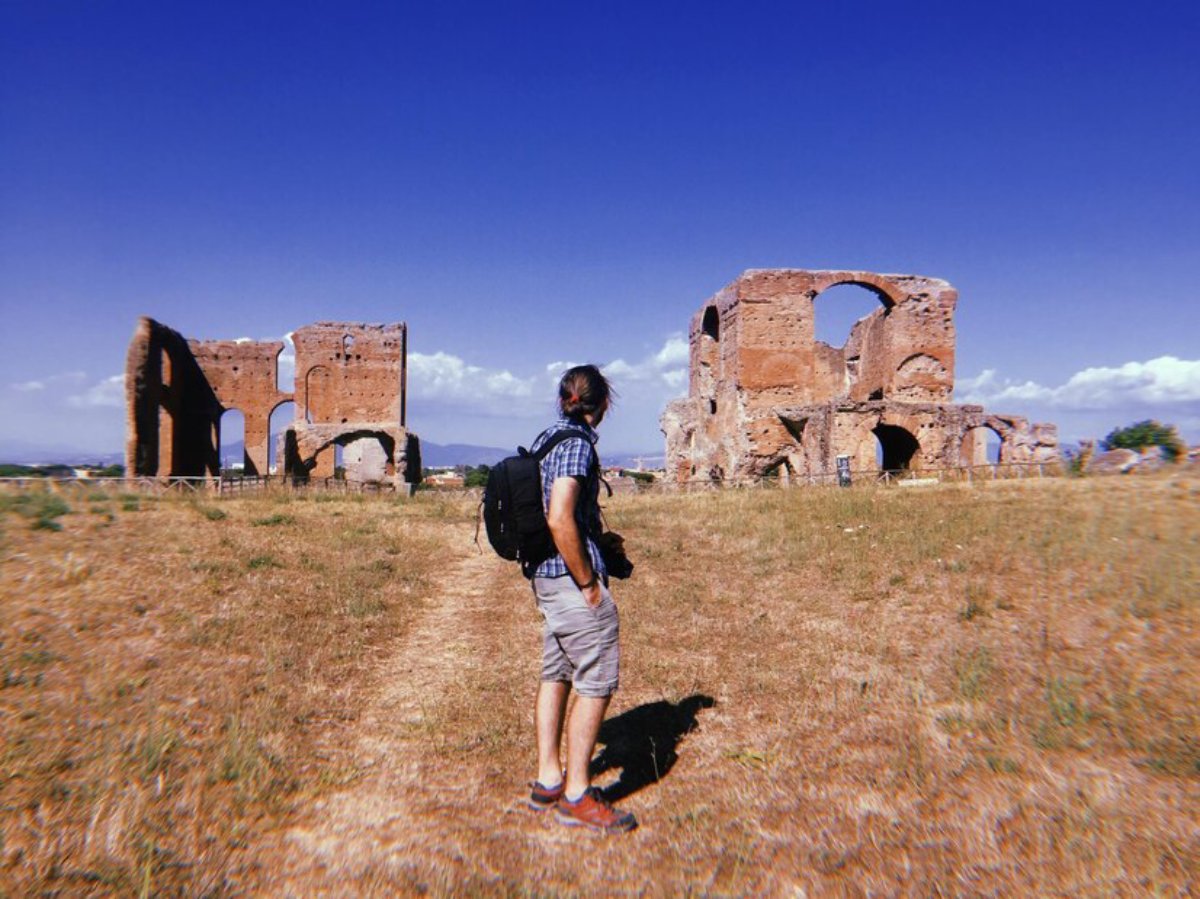
Exploring the Legacy of Forgotten Civilizations
History is full of mystery. All around the world, ruins and relics tell stories of once-great societies—some that vanished suddenly, others that faded slowly over centuries. These forgotten civilisations left behind temples, palaces, and cities carved in stone, waiting to be rediscovered.
Today, travellers have the chance to connect with these ancient worlds. Whether you’re standing among jungle-covered pyramids or exploring vast ruins in a desert, visiting these sites is more than sightseeing—it’s a powerful journey through time.
In this post, we’ll explore some of the most captivating historical destinations, legendary ancient cities, and inspiring ideas for meaningful heritage tourism.
Why Visit Forgotten Civilizations?
Travelling to ancient sites offers more than a history lesson. It invites reflection. These places ask big questions: What makes a civilisation thrive? What causes its decline? And what can we learn from their rise and fall?
Benefits of heritage travel include:
- A deeper understanding of human culture
- Insight into ancient innovation, architecture, and belief systems
- Inspiration from the creativity of long-lost peoples
- A unique connection to the past that you simply can’t get from a textbook
For curious travellers, these destinations offer a rich blend of history, mystery, and adventure.

1. Petra, Jordan – The Rose-Red City
Hidden in the desert and carved into sandstone cliffs, Petra was once the capital of the Nabataean kingdom. Its famous Treasury, tombs, and temples date back over 2,000 years.
Why it matters:
- Showcases advanced water engineering and trade networks
- Offers insight into ancient Arabian culture
- Blends Greek, Roman, and Middle Eastern architectural styles
Travel tip: Visit early in the morning to avoid crowds and see the Treasury glow in the rising sun.
2. Tikal, Guatemala – A Lost Mayan Capital
Deep in the Guatemalan jungle lies Tikal, a vast complex of temples and palaces built by the Maya. Once a thriving city, it was mysteriously abandoned around the 10th century.
What you’ll see:
- Towering pyramids that rise above the treetops
- Stone plazas and ceremonial platforms
- Wildlife like howler monkeys and toucans
Why it’s special: It connects nature and heritage—perfect for travellers interested in ancient cities and eco-tourism.
3. Mohenjo-Daro, Pakistan – The Indus Valley Wonder
Mohenjo-Daro was one of the world’s earliest urban centres, built around 2500 BCE. Its advanced drainage systems and grid-style layout show how organised and sophisticated the Indus people were.
Highlights:
- The Great Bath, possibly used for rituals
- Evidence of early urban planning
- A glimpse into one of the world’s least-understood civilisations
Heritage tourism tip: Pair this visit with nearby Harappa for a fuller view of the Indus legacy.
4. Great Zimbabwe, Zimbabwe – A Kingdom of Stone
Between the 11th and 15th centuries, Great Zimbabwe was the capital of a powerful African kingdom. Its stone structures—built without mortar—are still standing, telling stories of trade, leadership, and African ingenuity.
Must-see features:
- The Great Enclosure, with its famous curved walls
- Soapstone birds, symbols of power and spirituality
- Panoramic views over ancient lands
Why it matters: It challenges outdated ideas about African history and proves the richness of Sub-Saharan heritage.

5. Angkor, Cambodia – A City of Temples
Angkor was the heart of the Khmer Empire, one of the largest cities of the pre-industrial world. Its most famous temple, Angkor Wat, is just one part of this vast complex.
What you’ll discover:
- Carvings showing daily life and Hindu-Buddhist mythology
- Quiet jungle-covered temples like Ta Prohm
- An advanced irrigation system that supported a large population
Travel tip: Stay for a few days—you’ll need time to explore this massive, unforgettable site.
6. Mesa Verde, USA – Cliff Dwellings of the Ancestral Puebloans
High in the cliffs of Colorado, the Ancestral Puebloans built complex homes and ceremonial spaces. Mesa Verde is one of the best-preserved sites of Native American history in North America.
Why go:
- See how people lived in harmony with the land
- Learn about ancient craftsmanship and community life
- Enjoy scenic hikes and educational tours
Best for: Families, history lovers, and travellers curious about indigenous North American cultures.
7. Carthage, Tunisia – A Rival to Rome
Carthage was a powerful city-state in the ancient Mediterranean. Once home to sea traders and legendary generals, it was eventually destroyed by Rome—but not forgotten.
What to explore:
- Roman villas and Punic ruins
- Bath complexes, theatres, and harbours
- Museums detailing its rise and fall
Heritage tip: Combine your visit with nearby Roman sites to see the full arc of ancient North African history.

8. Nan Madol, Micronesia – The Venice of the Pacific
Built on a lagoon using massive basalt stones, Nan Madol is a mysterious ancient city off the island of Pohnpei. With canals instead of streets, it’s often called the Pacific’s lost Atlantis.
Fascinating features:
- More than 90 artificial islets
- Megalithic tombs and temples
- Legends of magic and mystery that surround its creation
Why it’s unique: Its layout and construction remain largely unexplained—offering a truly off-the-beaten-path experience.
How to Travel Responsibly to Historical Sites
When visiting these historical destinations, it’s important to travel in a way that respects both the site and the local community.
Here are a few heritage tourism tips:
- Use certified local guides who share cultural insights
- Don’t touch or climb on ruins—preservation matters
- Choose accommodations and tours that give back to the local economy
- Learn basic phrases in the local language as a sign of respect
- Travel in the off-season to avoid crowds and ease the strain on sites
Remember, you’re not just a visitor—you’re a steward of history.
Making Ancient Travel More Personal
These ancient cities don’t just tell us about the past—they help us see ourselves. When you walk through a 2,000-year-old marketplace or climb a stone staircase carved by people long gone, you start to feel connected to a much bigger story.
Try this when you visit:
- Take a journal and write your reflections on the site
- Spend time in silence—let the place speak to you
- Take fewer photos, and focus on what you feel
- Look for smaller, lesser-known ruins—they often feel more personal
Heritage travel is about depth, not just distance.
Final Thoughts: A Journey Through Time
There is something moving about standing where ancient people stood. It reminds us of how far we’ve come — and how far we still need to go.
Visiting these historical sites is a way of getting to know the memory of lost civilisations. And by travelling mindfully, we preserve their stories for generations to come.
So if you’re seeking a visit that doesn’t involve a beach or a city break, think about a trip into the past. The ruins may not talk, but their legacy is still loud — through stone, story and spirit.


